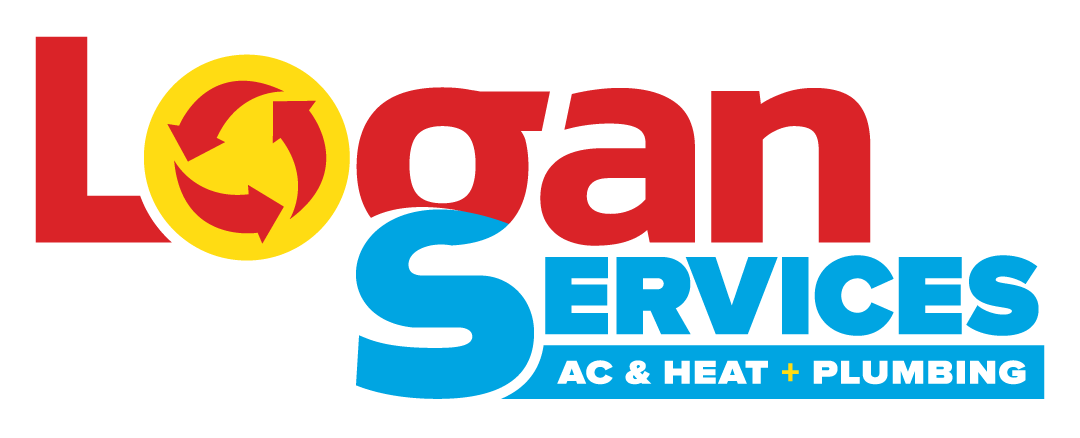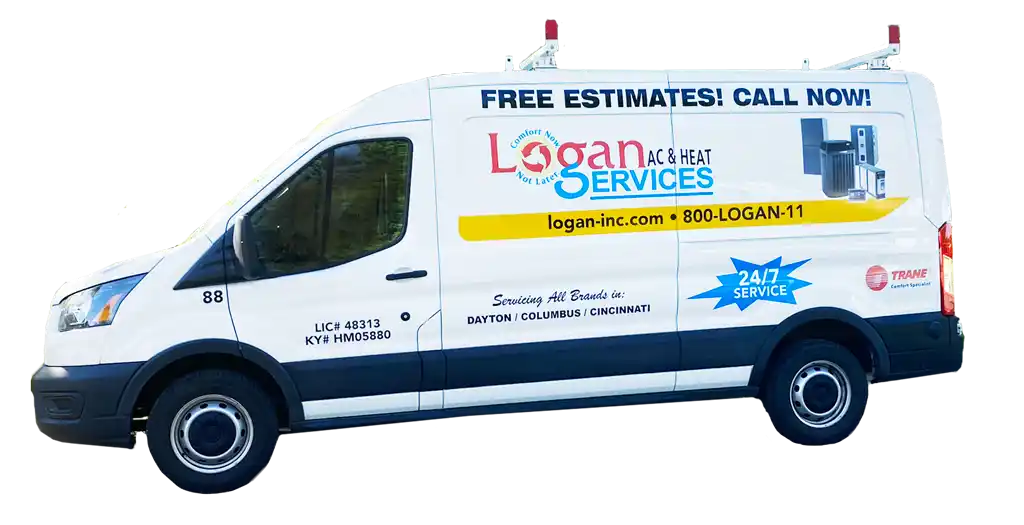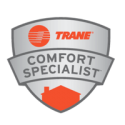Finding the best furnace filter for your home is crucial to maintaining proper airflow, efficiency, and indoor air quality. The right filter keeps your HVAC system running smoothly while trapping airborne particles that can worsen allergies and asthma. However, with so many furnace filter options on the market, choosing the right one can get confusing.
This comprehensive guide covers everything you need to select the ideal furnace filter. We’ll explain the different types of filters and key factors to consider when deciding which to buy and provide reviews of highly-rated options. With the best furnace filter properly installed, you can breathe easier knowing the air inside your home is fresh and clean.
Types of Furnace Filters
Furnace filters come in a variety of styles, materials, efficiencies, and prices. The main types include:
Pleated Furnace Filters
Pleated disposable filters are the most common. They consist of a fiberglass or synthetic mesh media made up of tiny woven fibers. The pleated fiberglass furnace filter design maximizes surface area, allowing higher airflow and dust-holding capacity compared to flat filters. Most pleated filters use a cardboard frame.
Pleated filters come in different thicknesses, measured in inches. Common sizes are 1 inch and 2-4 inches. Thicker filters can capture more particles before needing replacement. The slight tradeoff is they also create more air resistance.
Electrostatic Furnace Filters
Electrostatic furnace filters use static electricity to attract and trap small airborne particles like dust, pollen, and smoke. The filter media goes through a specialized charging process, giving it a positive or negative charge. Most models have an electrostatically charged cotton, polypropylene, or polyester mesh.
As air flows through, particles receive an opposite charge, causing them to cling tightly to filter fibers rather than pass through. This allows electrostatic filters to achieve better filtration with less airflow restriction compared to basic pleated filters.
HEPA Furnace Filters
HEPA or “high-efficiency particulate air” filters meet strict government standards for trapping tiny particles. To be classified as true HEPA, filters must remove a minimum of 99.97% of particles down to 0.3 microns in size. This includes most bacteria and viruses.
Most HEPA furnace filters consist of a pleated fiberglass media with an electrostatically charged synthetic mesh coating to boost particle capture further. However, the extremely dense fibers also greatly reduce airflow. HEPA filters are primarily used in air purifiers and clean room environments requiring exceptional purification.
Paper Air Filters
While not the most advanced option, basic paper furnace filters still offer some benefits. Their ultra-thin, disposable fiber panels feature straightforward filtration at an unbeatable price point.
Paper media possesses an accessibility and simplicity other more complex filters lack. No worrying about proper airflow direction or electrical charging. When visibly dirty after a month or two, paper filters get easily swapped out and replaced in seconds. And bulk packs keep operation costs low.
Though unable to match performance metrics like MERV ratings, paper furnace filters remain viable for HVAC owners prioritizing affordability and convenience. Their passive filtration traps some lint and large particles without hassle or financial burden when changed regularly.
Ultimately, those wanting only casual ventilation duct debris screening on a budget may find paper filters useful. More advanced homeowners seeking cleaner air and energy-efficient airflow could consider upgrading to pleated or washable filters. But paper media offers an inexpensive, no-fuss air filtration option that still holds appeal for some.
Washable Air Filters
Unlike most disposable filters designed for 1-6 months of use, some reusable, washable filters made from aluminum mesh can be cleaned repeatedly under a faucet when they appear visibly loaded with household dust and pet hair. These cleanable filters extend filter life indefinitely through periodic washing and air drying to remove particulates trapped within the mesh weave.
Checking transparent viewing windows and visible contamination levels makes determining appropriate wash frequency easier with reusable filters. Taking a glance inside air handlers during seasonal maintenance checks works, too. Proactively washing them when moderate debris builds up, rather than waiting until densely packed, allows washable filters to maintain higher airflow rates longer. Just be sure they fully dry before reinserting.
Going the reusable route comes with energy savings and less environmental waste over time compared to perpetually purchasing new disposable models. However, remember to upgrade washable filters if they become bent or damaged despite careful handling. Continuing to clean and reuse filters that are structurally compromised reduces effectiveness.
Factors to Consider When Choosing Between Various Furnace Filter Types
With different materials, particle capture abilities, airflow resistance, and lifespans, deciding on the right furnace filter involves a few key considerations.
MERV Ratings
MERV stands for “minimum efficiency reporting value” and rates a filter’s effectiveness at capturing particles between 0.3 and 10 microns. The MERV rating scale goes from 1 (worst) to 16 (best).
Higher MERV air filters capture more small allergen particles like bacteria and smoke. However, they also restrict airflow. Make sure to select a MERV rating suitable for your HVAC system’s fan capacity. Most homes only require moderate efficiency pleated or electrostatic filters rated MERV 8 to 12.
MPR Rating
Another metric used to measure air filter performance is microparticle performance rating (MPR). Similarly to MERV, higher numbers indicate better efficiency at trapping tiny particles. MPR testing focuses specifically on filter effectiveness with particles between 0.3 to 1.0 microns. This covers most bacteria and smaller allergens.
Filters must demonstrate a minimum 85-95% capture rate of particles in this size range to reach common MPR ratings of 800 to 1900. An MPR 1900, for example, performs comparable to true HEPA for ultrafine particle removal. Factors like increased filter depth, added electrical charge, and gradient density boost microparticle capture, which is reflected in higher MPR scores.
MPR offers a more targeted benchmark than MERV for filtration of the most concerning minute indoor contaminants. Electrostatic and layered filters often list both metrics, with MPR indicating micron-level performance while MERV rates overall particle capture across a broader size range. Referencing MPR helps identify options ideal for whole-home air purifiers capturing VOCs, viruses, and allergen triggers.
Compatibility with HVAC System
Checking your system’s manual will specify an optimal furnace filter size. Standard sizes include 16x20x1 inch up to 20x30x5 inch filters. The dimensions must precisely match your air handler unit’s filter rack. Your existing filter will likely also mention the dimensions.
While a filter that is too loose won’t filter properly, choosing one that is too snug can hinder air intake. You also need to ensure your HVAC system can handle more restrictive, higher MERV-rated filters. Otherwise, it will strain the fan motor, leading to failure.
Filter Life
How long an air filter lasts until it needs replacement depends on several variables. These include your home’s indoor pollutants, filter efficiency, and total runtime of the furnace fan. On average, under moderate conditions, pleated filters last 2-3 months, while electrostatics can go 4-6 months before a change.
Some filters feature an embedded grid that visibly displays when accumulated particles have started obstructing too much airflow. This takes the guesswork out of when to swap it.
Additional Tips for Replacing Furnace Filters
Beyond picking the right filter model for your home, you also need to maintain them properly. Follow this best practice guidance for filter care:
Know When It’s Time
Don’t wait until your indoor air seems stuffy or dust is visibly blowing from vents to change filters. By then, significant debris had already circulated through the HVAC system.
Electrostatic and pleated filters often have indicator grids showing graduated stages of particle buildup. Transparent windows also display loading.
Otherwise, mark your calendar for a seasonal swap. Check filters at least every three months. Higher efficiency MERV models likely need changing at the 2-month mark—especially in homes with pets.
Ensure Proper Installation Position
The orientation of filter inserts matters greatly for performance and longevity. Be sure to check the directional arrows printed on the filter frame showing the intended airflow path through the media. Installing the filter upside down or backward allows unfiltered air to bypass around the edges, leading to interior dust and debris intake.
Most disposable filters have a tab region along one side that slides into the racks first during insertion. Once fully in place, this tab area sits outward-facing and accessible for the next removal and replacement. Make sure when inserting any new filter that this grip tab region sits on the same end as the spent filter coming out.
If the fresh filter gets flipped around, the tight edge sealing gets disrupted. Gaps then allow air to flow around instead of through the pleated media. This unfiltered bypass causes premature filter loading as well as a reduction in heating/cooling performance. Meanwhile, the reversed clean side sees minimal particulate capture since air avoids passage through it.
Be attentive when sliding in new furnace filters to maintain the same orientation – tab gripping region outward – as previous inserts. Double-check that the directional airflow arrows point to the same path as well. This ensures full-edge sealing and closed-loop air passage through the filter media. Following this best practice allows the filter to effectively trap contaminants during the full 1-3 month lifecycle before requiring replacement.
Dispose and Recycle Properly
Don’t simply toss used filters in the garbage can. The accumulated dust, pollen, pet hair, and microbes pose inhalation hazards. Instead, the first seal spent filters in plastic bags before placing them in outdoor waste bins to contain particles.
Transparent reusable models only need refreshing under a faucet or with the hose. Then, let fully dry before reinserting.
Consider recycling cardboard framed versions through community waste management programs when available.
Buyer’s Guide: Key Considerations When Selecting Furnace Filters
Installing the optimal filter improves HVAC functionality while filtering out unhealthy particles. Keep these key factors in mind when picking the best filter model for your home:
- Match the dimensions to fit your unit’s filter rack space properly
- Ensure adequate MERV rating to balance particle removal with airflow
- Electrostatics better capture allergens, smoke, and pet dander particles
- Change filters every 1-3 months based on visible dirt accumulation
- Dispose of spent filters sealed in bags to prevent dust release
- Investing in high-end pleated or electrostatic filters reduces long-term cost
By following these criteria when shopping for replacement filters, your furnace will deliver heated and cooled air that’s contaminant-free—not filled with dust, pollen, and other allergens. Contact a technician for specific filter recommendations that pair with your HVAC system. Investing in the right filtration plays a crucial role!
Furnace Filter Performance
Furnace filters capture a wide range of particle sizes as indoor air continually passes through the HVAC system. Filters with higher MERV ratings are better at trapping tiny particles under 3 microns like bacteria, smoke, and dust mite allergens. Less efficient filters may only catch larger visible pieces of dirt, pet hair, lint, and debris over 10 microns.
Standard low-cost fiberglass filters feature loosely woven strands that only stop some of the largest particles like hair, carpet fibers, pet fur dust bunnies, or bits of leaves. The majority of smaller airflow-blocking irritants like pollen grains, microscopic dust mites, and dander pass freely back into living spaces. Electrostatic and dense pleated filters provide tighter filtration to capture more small contaminants that trigger allergies and asthma.
Upgrading to a higher MERV media better filters out the smallest potentially harmful air supply particles. Tiny allergen triggers like ragweed pollen (17 – 23 microns) and visible dust mites(300-500 microns long) require at least a MERV 11-13 filter to effectively trap them from recirculating. Harmful VOC fumes under 1 micron necessitate HEPA or charcoal-carbon filtration, too. Investing in the right performance filter improves the removal of both large visible debris chunks as well as troublesome micron-scale particulates.
By screening out more dust mites, small particles, large particles, bacteria, and air pollution entering the duct system, better furnace filters provide a cleaner, healthier indoor air supply through vents free from most airborne pollutants. Checking the filter’s particle removal minimum efficiency can give insight into expected capabilities for capturing floating allergens, pathogens, and lung irritants. Upgrading to pleated, electrostatic, or other high-MERV filters improves the cleanliness of air circulating throughout a home.
Perfect Air Plus: Whole-House Air Purification
The Perfect Air Plus from Logan Services is an innovative whole-house air cleaner that installs directly into existing HVAC system filter racks. This polarized-media electronic air cleaner combines advanced technology with high-efficiency particle capture.
It utilizes an electronically charged media to polarize (electrically charge) airborne particles. This allows it to trap the smallest sub-micron allergens and pathogens down to .3 microns, including VOCs. The disposable, easy-change filter pad keeps the system running at peak purification.
Key benefits of installing the Perfect Air Plus include:
- 97% Particle Capture at .3 Microns
- Traps VOCs and Odors
- Safe, Quiet, and Reliable
- Fast “Plug & Purify” Install
- Simple Maintenance
By electrically charging and capturing indoor contaminants, the Perfect Air Plus effectively filters dust and pet dander debris. It also helps provide cleaner, healthier indoor air for families dealing with allergies or asthma.
The Logan Difference
What sets Logan A/C & Heat apart from other HVAC companies? As a family-owned and operated business, we think the “Logan Difference” comes down to old-fashioned care and quality. Our trained technicians go the extra mile to deliver an exceptional customer experience.
Every team member completes an extensive program covering all aspects of installation and service. We ensure techs have all necessary parts on the truck before each job, preventing delays or frustration. Throughout the process, we maintain clear communication so you know what to expect.
Our install checklists mandate step-by-step sign-offs by an experienced manager. They’ve seen it all and won’t cut corners. We take time to walk you through equipment operation and potential troubleshooting. Our goal is to equip you to use the system properly from day one.
At Logan, we stand behind warranties and never leave you hanging. We also care about being good neighbors by giving back to community causes and helping friends when A/C emergencies arise. Our reliable service and genuine hospitality define the Logan Difference.
Frequently Asked Questions (FAQs)
What is the difference between a 1-inch and a 5-inch filter?
The measurement refers to filter thickness. Thicker models can capture far more particles before pressure drop exceeds safe levels for your HVAC system’s airflow. However, increased density also causes higher resistance itself. Make sure your unit can overcome the static pressure of higher efficiency electrostatic or pleated filters.
How often should you change furnace filters?
On average, basic 1-inch fiberglass filters require changing every 30-60 days. Low MERV-rated pleated filters last around 2-3 months under moderate use. True HEPA models often need swapping out after only 30-45 days. Know your system—the cleaner the indoor air and heavier the runtimes, the more often replacement becomes necessary.
Can I clean and reuse furnace filters?
A small minority of filters explicitly state they’re washable, like the transparent model we reviewed. However, most disposable media options cannot be cleaned without damage. Attempts to water wash or vacuum standard filters still leave significant embedded debris. Reusing rather than replacing dirty furnace filters causes reduced system airflow.
Why does my filter get dirty so quickly?
Excessively rapid filter loading indicates serious indoor air quality issues. Very frequent filter changes mask an underlying problem rather than fix it. Determine and eliminate the source contributing to excessive dander, dust, or other contamination.
Do you have pets, recent construction, or live near factories/highways? Troubleshoot the cause of heavy debris and excess dust particles rather than continually buying replacement filters. Installing a high-end electrostatic or HEPA filter also helps.





















